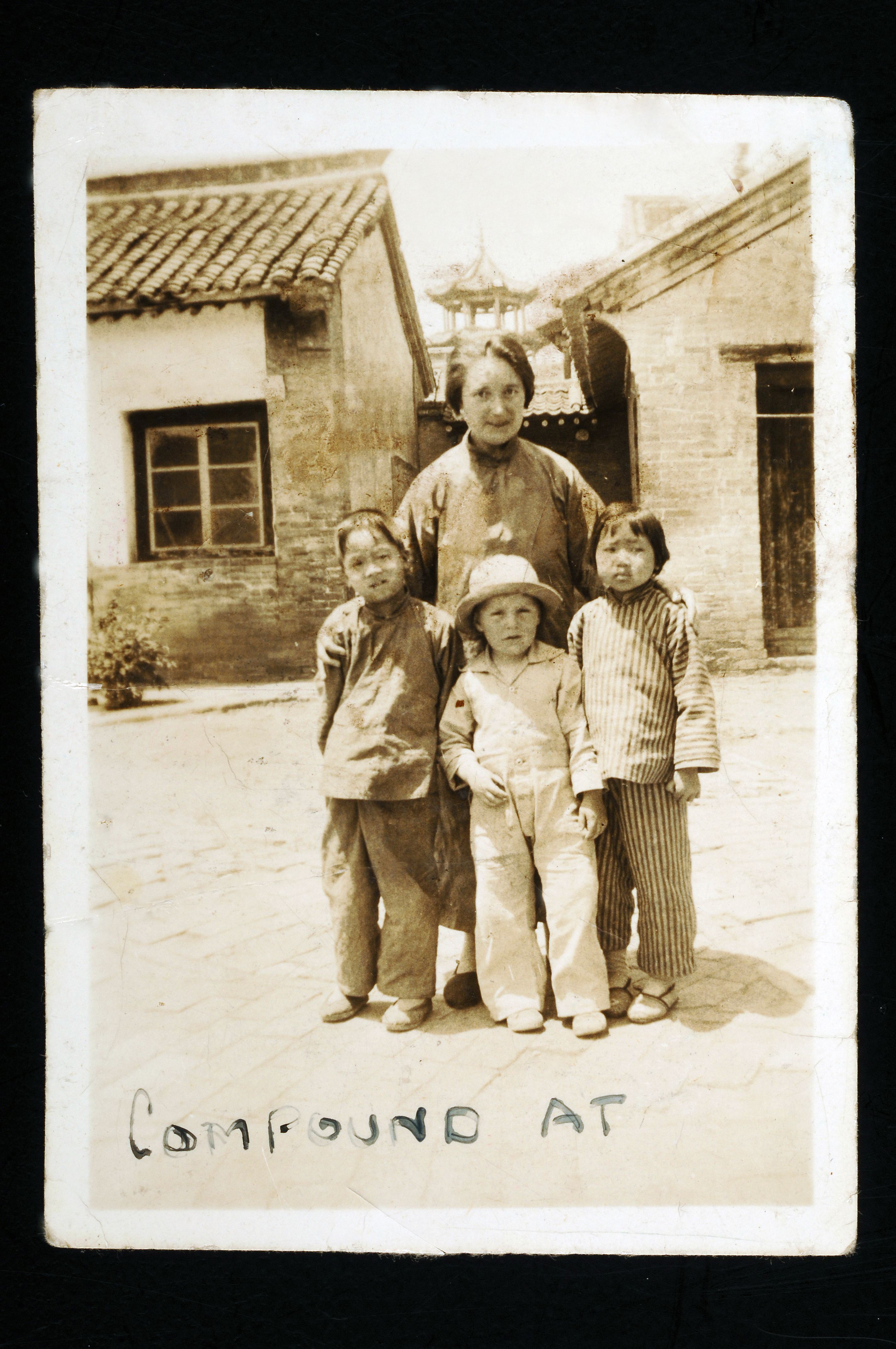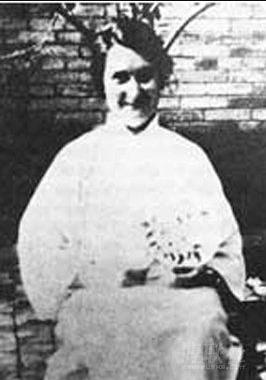

This was how Gladys Aylward came to quickly become fluent in the Chinese language.Īfter Lawson’s death she continued with the inn but she was also asked by the Government’s senior regional official, the Mandarin, to work with him. She also saw fifty people, many of them girls, in chains being taken to Siberia to Stalin’s camps – “from that moment I hated Communism with all my being:” – hated Communism but loved the people who lived in the lands in which the ideology came to dominate.Īfter further tribulations Gladys Aylward eventually made it to Tientsin where she went to work with a Scot, Jeannie Lawson, who was trying to turn a dilapidated building into an inn where muleteers would stay overnight and where, with good food and hospitality, they could hear stories from the Bible as they ate. She was forced to walk back along the railway track to a junction and, later, some Russians tried to abduct her. Near the Manchurian border she was made to leave the train and nearly froze to death and she admitted that “for the first time real doubts came to mind.” She felt God telling her not to be afraid and that He was with her. In 1932, completely alone, she began a perilous journey across Russia and Siberia, into war zones occupied by the Japanese. Her savings multiplied, giving her the fare in months instead of the anticipated three years. Small unexpected things now began to happen to Gladys. To go by ship would have cost twice as much.

They tell her to “keep on watching and praying.” She does, and begins saving to pay the £47-10p single train fare from London to Tientsin in China.

Meanwhile, she goes to work in a house where two old retired missionaries live and at last she receives some encouragement. The missionary society told her that her “qualifications were too slight, my education too limited, and the language far too difficult to learn.” Having felt God’s call to go to China Gladys is rebuffed by her family, friends and church. Here is a working class parlour maid who dreams of becoming an actress but instead reads an article about China and about the millions of Chinese people who had never heard about Christianity. The real story of Gladys Aylward is one which deserves to be told with all its hard edges and without taking liberties with its powerful narrative.

Her work with orphans also continued until 1970, when she died, having by then founded the Gladys Aylward orphanage in Taiwan. For a woman who had decided early on to give her entire life to God, and who had never even kissed a man, she believed her reputation to have been sullied. When the film first appeared Gladys Aylward was upset by the portrayal of Colonel Linnan – a brave Chinese soldier who was wrongly presented as half European – and distressed by an invented Hollywood love scene and the suggestion that she had left her work with her orphans to be happily reunited with the Colonel.
Gladys aylward movie#
Perhaps most tellingly of all, in addition to changes made to any number of characters and places the movie revolves around the Inn of the Sixth Happiness while the actual setting was the Inn of Eight Happinesses – taking its name from a Chinese numeral thought to be auspicious. Once she tells them of her plans to go to China we entirely lose the tensions that erupt between Gladys Aylward and her family and the film then invents an effortless introduction between a Gladys’ employer and an old friend in China. But the movie also takes any number of liberties with the story itself. It’s a charming film but on recently reading a biography of Miss Aylward I realised that the Hollywood make-over does not do justice to, and sometimes distorts, the real story of this brave and determined Christian missionary.įor one thing, the casting of a tall Swede is entirely at variance with the small woman from Edmonton who spoke with a broad cockney accent. There is a lovely movie, staring Ingrid Bergman, called “The Inn of the Sixth Happiness.” Made in 1958 it celebrates the remarkable life of a petite woman, born in 1902 in Edwardian England, called Gladys Aylward.


 0 kommentar(er)
0 kommentar(er)
